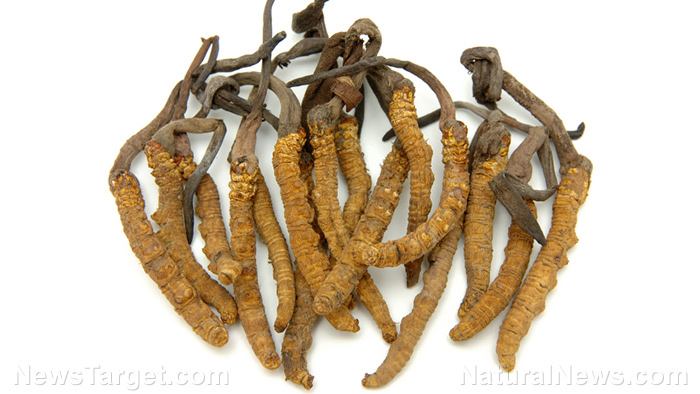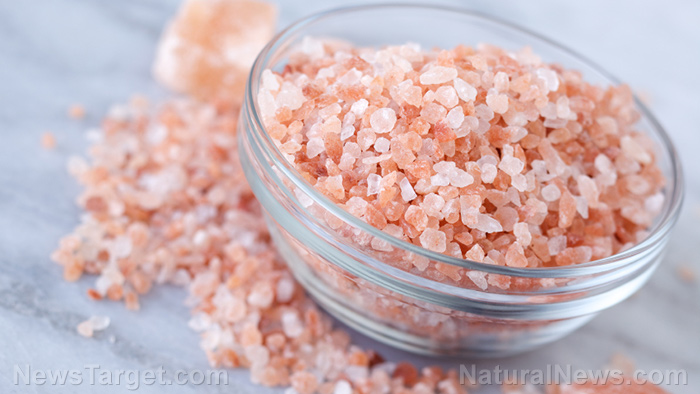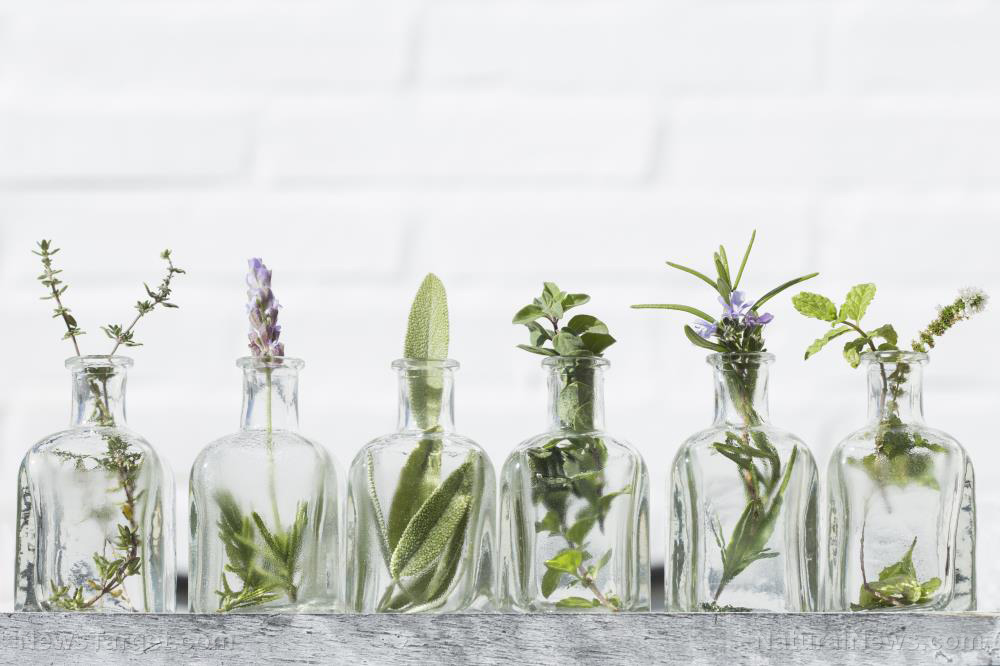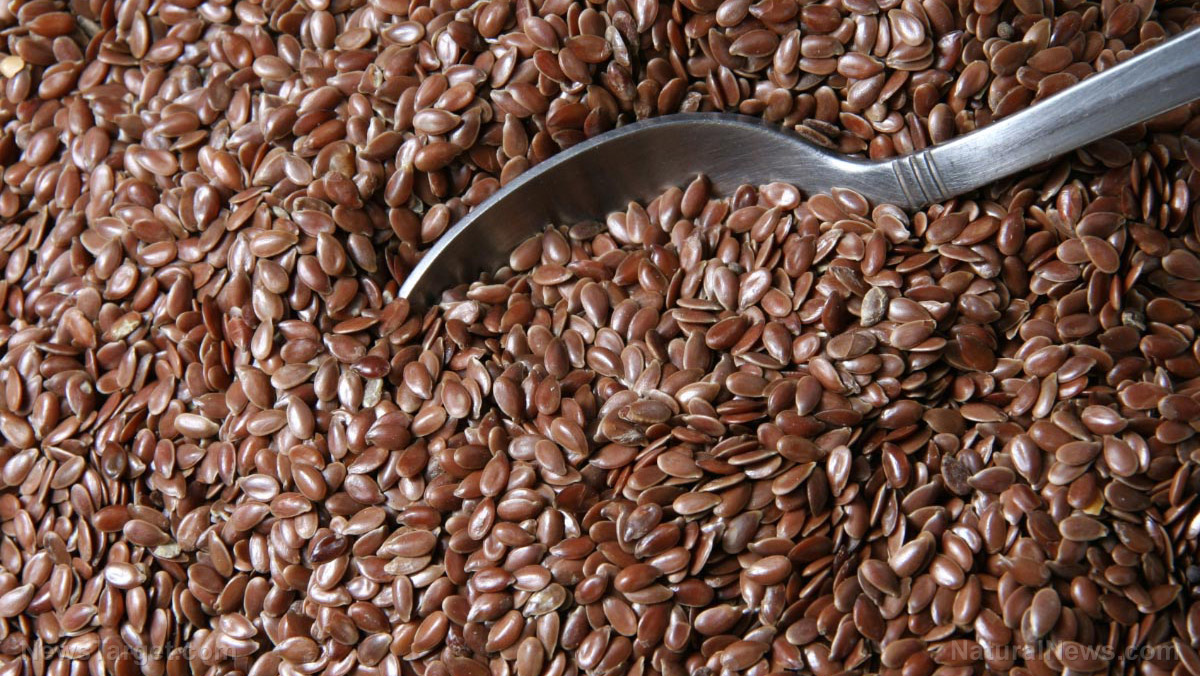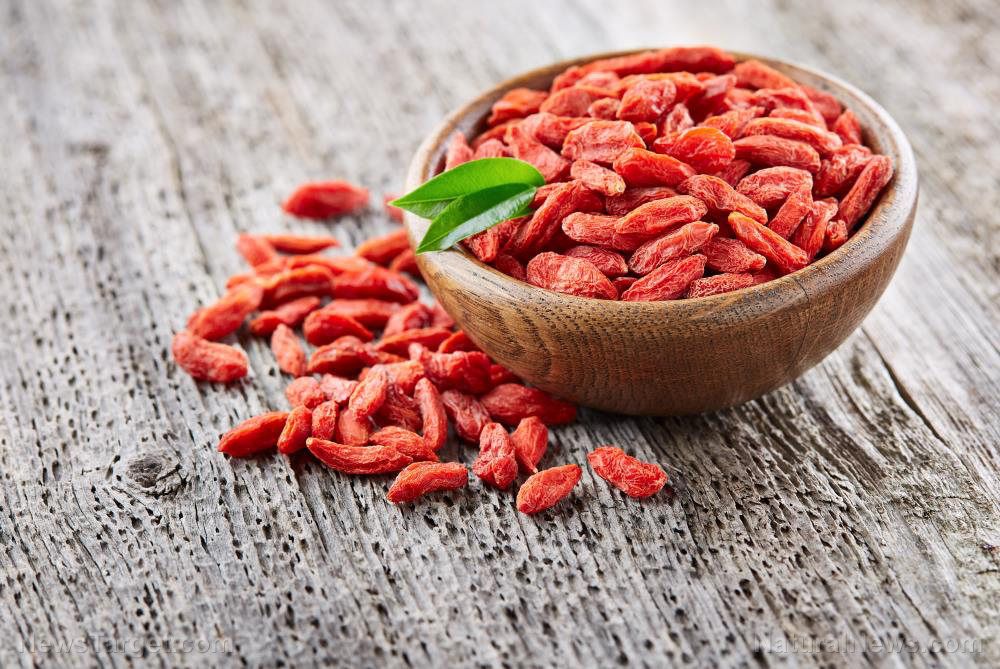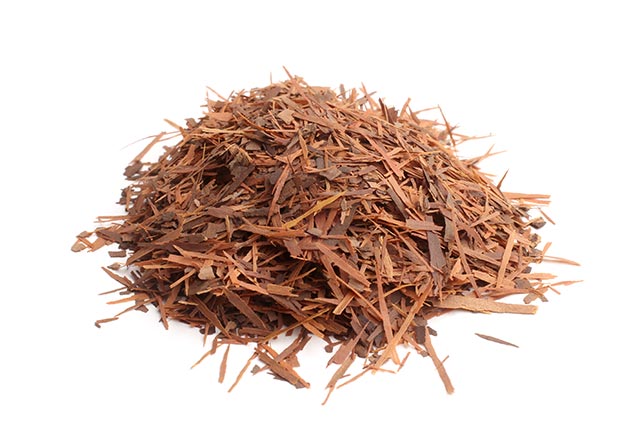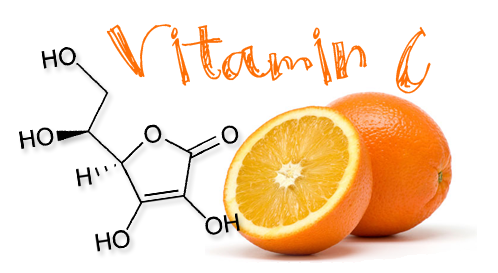Japanese catnip is being studied as a potential alternative treatment for various bone disorders
09/19/2018 / By Rhonda Johansson

Osteoclasts are bone cells responsible for the dissolution and absorption of bone tissue. These make them essential for bone formation. However, an excess of activity from these cells can lead to the development of painful and debilitating disorders such as osteoporosis, osteolysis, and Paget’s disease. Available strategies for these conditions are still limited as medical professionals have yet to find a treatment that is both effective and safe.
A potential candidate may lie in Japanese catnip (Schizonepeta tenuifolia), a popular medicinal herb in East Asian folklore. It was concluded in a recent study published in BMC Complementary and Alternative Medicine that the ethanolic extract of the herb displays remarkable antioxidant and anti-inflammatory activities. These, in turn, provide excellent beneficial effects on bone metabolism, particularly on osteoclast differentiation.
These effects were observed in a comprehensive study that looked at the mechanisms of action of Japanese catnip on osteoclastogenesis, or the development of osteoclasts. Researchers evaluated Japanese catnip in vitro (through stimulated receptor activator of nuclear factor kappa-B ligand (RANKL)) and in vivo (through a mouse model displaying lipopolysaccharide (LPS)-induced bone destruction).
Authors of the study found that S. tenuifolia inhibited RANKL-induced osteoclastogenesis and influenced the transcription and translation of cells associated with osteoclast differentiation. These inhibitory effects were also observed in the LPS-mediated mouse model.
It was concluded that Japanese catnip might be a useful alternative treatment for osteoclast-related bone diseases, such as osteoporosis.
Significance in society
These results may provide hope to the millions of people who currently have osteoporosis. The bone disorder causes more than 8.9 million fractures globally each year. This translates to one osteoporotic fracture every three seconds.
It is estimated that by 2050, the global incidence of hip fracture related to osteoporosis in men will increase by 310 percent and 240 percent in women, as compared to rates in 1990. This worrisome increase is suggested to be caused by a dramatic change in lifestyle habits. Osteoporosis, while largely determined by genetics, can also be influenced by physical inactivity and poor diet choices. A sedentary lifestyle, in particular, is noted to impair neuromuscular function (especially among the elderly) over time.
Smoking and excessive alcohol consumption are two other risk factors for hip fractures related to osteoporosis.
Treatments for osteoporosis are varied, and most focus on short-term benefits. This is why more medical professionals are looking at traditional remedies. (Related: The glossy privet fruit, a popular Chinese herbal medicine, can prevent osteoporosis in menopausal women.)
Modern pharmacology of Japanese catnip
In traditional Chinese medicine, S. tenuifolia is generally prescribed to enhance blood circulation and increase the secretion of sweat. It is considered a “hot” herb and is used for the treatment of “cold” conditions. Folk healers typically create a decoction using the leaves of the plant and then ask the patient to drink it a certain number of times every day until symptoms disappear. Typical dosages are from three to 10 grams, depending on the illness.
In East Asian folk literature, Japanese catnip is used to address the lung and liver channels. Common indications include cold and fever, bloody stool, uterine bleeding, and postpartum fainting.
The current study is one of the first of its kind to look at the effects of S. tenuifolia in treating bone disorders.
To read more articles on traditional Chinese remedies, visit ChineseMedicine.news today.
Sources include:
Tagged Under: alternative medicine, bone diseases, bone disorders, herbal medicine, Japanese catnip, longevity, natural cures, Natural Treatments, osteoporosis, plant-based medicine, remedies, TCM, traditional Chinese medicine

